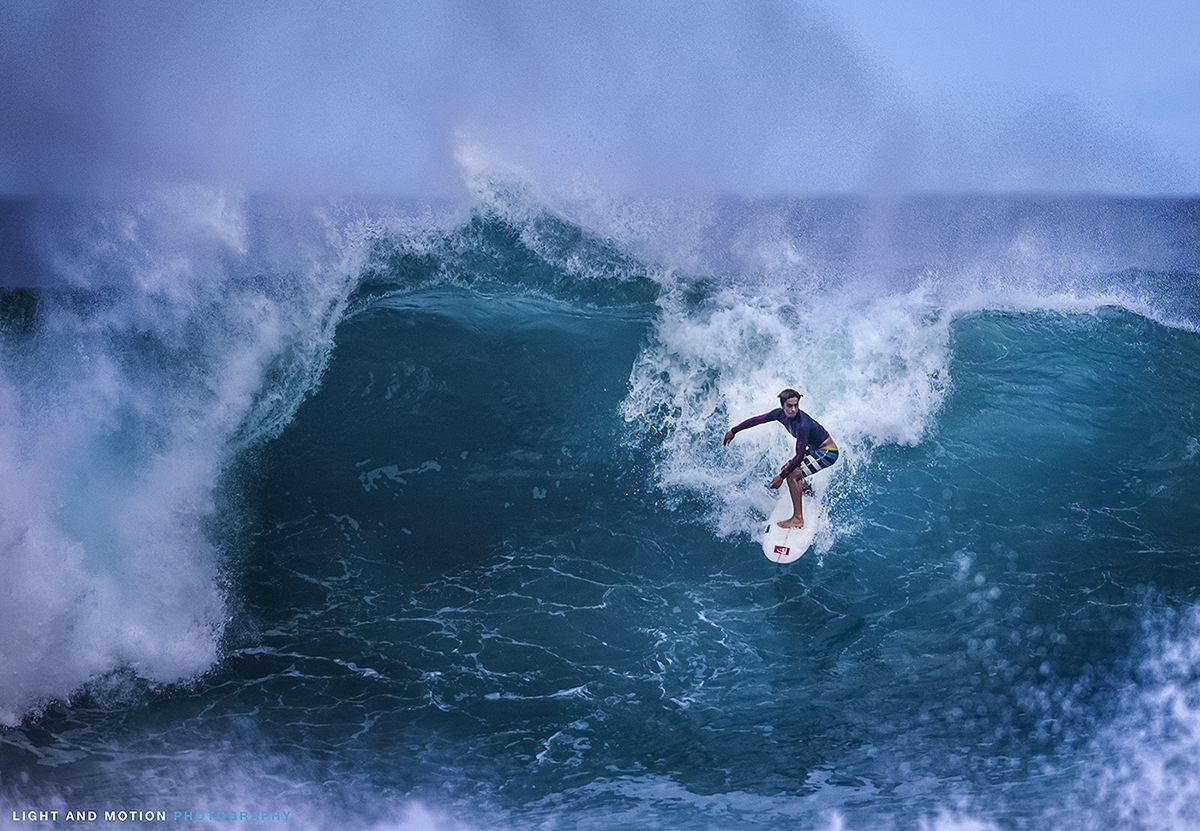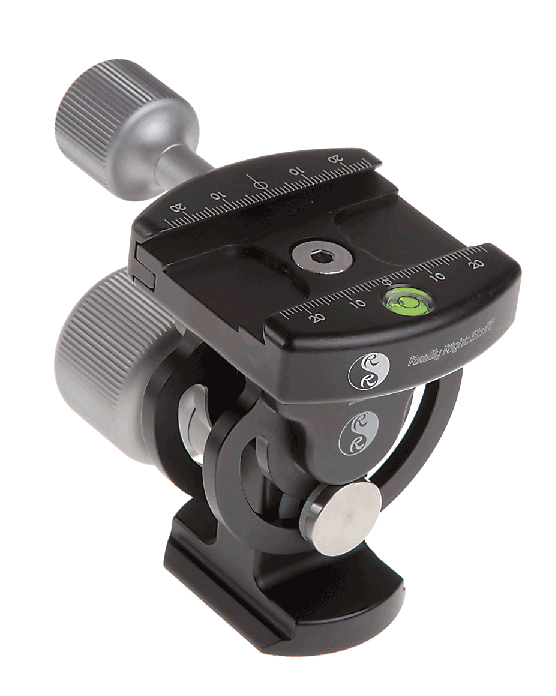Blog
Gimbal Heads and Long Lens
22/12/12
With the recent purchase of a 400mm f2.8 IS lens weighing in at 5.37 kg, we have together with the 1dx (1.34 kg), 1.4x III extender (0.25kg) and RRS lens plate (0.25kg), a rig that weighs 7.2 kg. Although we pride ourselves at being able to shoot handheld images both in wildlife and motorsport situations, the reality is that it would be for no more than a few images at best, despite how many times we may go to the gym.
We have therefore invested in some appropriate support gear. Our current Gitzo 3532LS tripod is rated to 25kgs, and our Manfrotto tripods are rated to 12kg, so are up to the task. Our monopods are also identically rated.
Ballheads, even good quality heavy duty ones like the Really Right Stuff (RRS) BH-55 we use, although rated appropriately (to 23kg,) are really not suitable for long lens.

While tracking wildlife they need constant readjusting, and cannot be left unclamped for obvious reasons. While unclamped, one has to constantly support the rig. As a result we searched for a suitable Gimbal Head. A Gimbal Head allows the rotation of a large lens around its centre of gravity, and thus can be easily manipulated. Its primary feature is the ability to balance the camera and lens on the tripod head and simulate a "weightlessness", where the camera can be moved freely, but stays in place when not being moved and with the head being loose and unclamped. This allows for easy tracking along the vertical and horizontal axis, and the setup excels at tracking fast moving subjects.
There are a number of good gimbal heads on the market, and the two we looked at were the Wimberley WH200 and the RRS PG-02 FG.


While we are big fans of RRS products (we have their ballheads, camera L-plates, lens plates and lens replacement feet), we felt the design, weight and cost of the RRS PG-02 was at a disadvantage to the Wimberly WH200. The RRS components are excellent, but they are bulky, weigh 1.6kg (200 gm more than the Wimberley), and cost US$200 more as well.
The RRS PG-02 is also designed for multiple row panoramas which it excels at given its myriad of adjustments. However, since most of our panoramas are with the 16-35mm f.28II, we have not encountered any significant parallax or stitching errors. Our panorama setup (even for multiple rows) is the RRS camera L-Plate in portrait orientation on our BH-55 ball head. Sufficient overlap in the images generally can eliminate most parallax errors. As a result we opted for the Wimberley WH200 which is specifically a gimbal head for long lens, and is not designed for panoramas. It is simpler to use and lighter.
Over the past week while testing this setup, it has been a joy to use. The lens and camera rig is easy to setup and balance. Once balanced, tracking is smooth and effortless, and we are still amazed at how the lens stays in whatever position we leave it in, even with both clamps completely loose.
No physical support by the photographer is ever required, and it is effortless and stress free, so one can concentrate on the image not the setup.

Here are some images of our setup with a 1dx, 1.4x III converter, 400 f2.8 IS with RRS lens plate and Wimberley WH200 gimbal head:


A few images with this setup:


We will be using this setup for our wildlife images.
However, for motorsport where space is a premium, such as at F1 events, tripods are impractical and can be dangerous. For this reason, we have also invested in a monopod head:


Comments (click to expand)